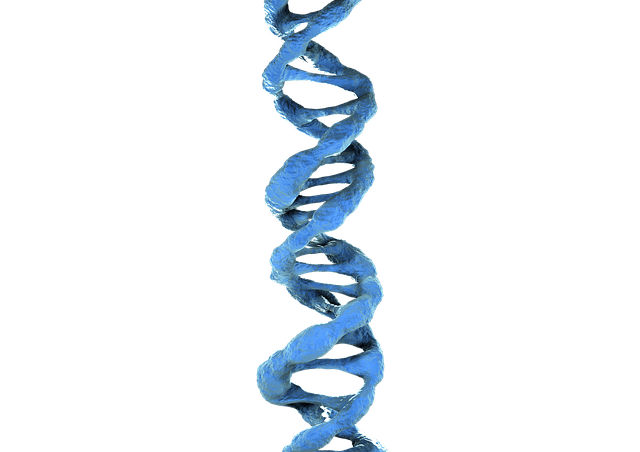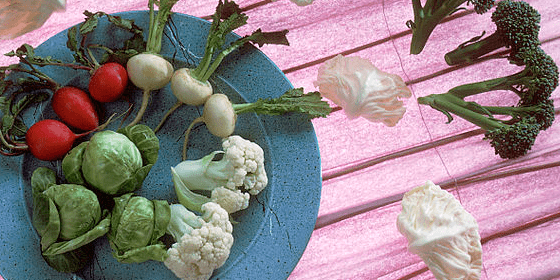The Medical Library Association (MLA) held a hybrid meeting in Portland, Oregon from May 18 to May 21, 2024. Many of Hardin’s librarians participated in the meeting. This year’s meeting marked the end of Hardin Director Janna Lawrence’s three-year term on the MLA Board. Hardin librarian Mary M. Thomas presented a program overview of theContinue reading “Hardin Staff participate in 2024 Medical Library Association meeting”
Category Archives: Uncategorized
New | Reflection Room available to all | Room 417
Hardin Library now has a reflection room available on the 4th Floor – Room 417. The reflection room is open to all and is a designated reflection space to be used for any quiet solitary activity, other than napping or studying, that supports the needs of the individual. This is a pilot project. Please sendContinue reading “New | Reflection Room available to all | Room 417”
New University of Iowa Research Indexed in PubMed
New research by University of Iowa researchers just added to PubMed: Genetically predicted circulating concentrations of micronutrients and risk of colorectal cancer among individuals of European descent: a Mendelian randomization study. Tsilidis KK, Papadimitriou N, Dimou N, Gill D, Lewis SJ, Martin RM, Murphy N, Markozannes G, Zuber V, Cross AJ, Burrows K, LopezContinue reading “New University of Iowa Research Indexed in PubMed”
Dr. Charles Hawtrey 1935-2020 | 2017 Talk on The Great War To End All Wars
Dr. Charles Hawtrey, Professor Emeritus, Department of Urology died on December 29, 2020. Dr. Hawtrey served as a naval urologist in Beaufort, South Carolina during the Vietnam War, and became a clinical professor in pediatric urology at The University of Iowa. Dr. Hawtrey retired in 2002. Obituary In 2017 Dr. Hawtrey gave a history ofContinue reading “Dr. Charles Hawtrey 1935-2020 | 2017 Talk on The Great War To End All Wars”
Reminder: Face Coverings Required
The University of Iowa requires face coverings to be worn in all parts of campus. As of August 10, 2020, the Johnson County Board of Supervisors ordered face masks covering nose and mouth to be worn: when in public spaces when using public transportation when using taxis/Uber/Lyft when outside and unable to maintain 6 feetContinue reading “Reminder: Face Coverings Required”
Finding COVID-19 Coronavirus US Legislative Information
For the latest news on Covid-19 legislation, there are a couple of news sources that may be of interest, and you can use these to get a clear overview of the main parts of a law or a bill. These sites often go beyond the headlines and look at the important aspects of current legislationContinue reading “Finding COVID-19 Coronavirus US Legislative Information”
Duncan Stewart wins Benton Award for Excellence
Congratulations to Duncan Stewart, the of Libraries’ Cataloging-Metadata Department who has been selected to receive the 2018 Arthur Benton University Librarian’s Award for Excellence. Duncan’s nominators called out his work in bringing a cataloging class back to the University of Iowa School of Library and Information Science (SLIS) as well as his efforts to expandContinue reading “Duncan Stewart wins Benton Award for Excellence”
Artificial Hearts | Shelley McKellar | 2019 R. Palmer Howard History of Medicine Society Dinner | Friday, April 5, 2019
Medical historian Shelley McKellar will speak on Artificial Hearts: A Controversial Medical Technology and its Sensational Patient Cases at the 2019 R. Palmer Howard Dinner. Location: Radisson Hotel, Coralville, Iowa Date: Friday, April 5, 2019 Reception 6pm with cash bar, Dinner at 7pm, Presentation at 8pm Registration and prepayment (check or credit card) requiredContinue reading “Artificial Hearts | Shelley McKellar | 2019 R. Palmer Howard History of Medicine Society Dinner | Friday, April 5, 2019”
Natural Language Searching in NCBI Databases | New
by Laurie Neuerburg NCBI has improved its search functionality in the “all databases” search to be compatible with natural language searching. In the past, natural language searching for sequence data brought up too many results or sometimes zero results. Now you can search NCBI more intuitively than before and receive good results for genes, nucleotides,Continue reading “Natural Language Searching in NCBI Databases | New”
PubMed Food Problem: Cruciferous Vegetables
To do a PubMed search for cruciferous vegetables that includes such species as Radish and Arugula, each species must be done separately. By Eric Rumsey, Janna Lawrence and Xiaomei Gu In order to do successful searches for cruciferous vegetables in PubMed, it helps to know exactly what “cruciferous” means, which makes it easier to understandContinue reading “PubMed Food Problem: Cruciferous Vegetables”









